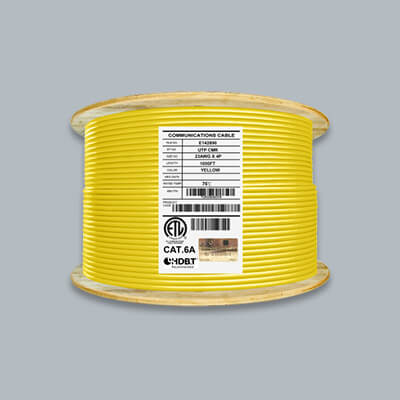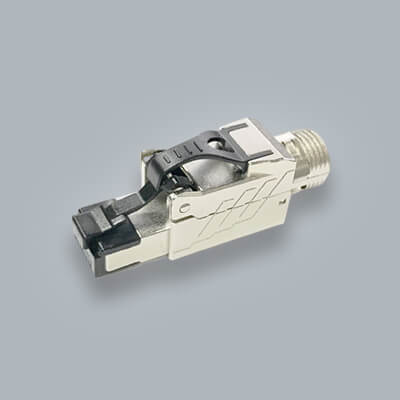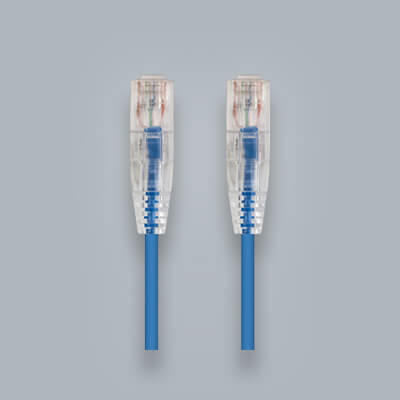When should You Use Cat6A Cable?

Understanding Cat6A Cable
With the ever-advancing cable technologies today, understanding when to use Cat6a cable is crucial. Let’s delve into what Cat6a entails and its advantages.
Cat6A vs. Regular Cat6
Category 6 (augmented) is the advanced version of regular Cat6. It offers significant improvements, particularly in terms of speed and frequency capabilities. Let's jump in to some of these details.
Speed and Frequency
Cat6A can support 10Gbps over 328 feet (100 meters) of bulk cable. What also sets is apart from regular Cat6 is its remarkable frequency range; Cat6A boasts frequencies of up to 500 MHz, doubling the 250 MHz limit of regular Cat6.
This increase in frequency allows Cat6A to handle higher data transmission rates with greater efficiency and reliability. It provides abundant bandwidth to accommodate demanding applications such as high-definition video streaming, large file transfers, and real-time data communication.
With Cat6A's extended frequency range, network performance remains consistently high even over longer distances. This makes it an ideal choice for modern networking infrastructures that require high-speed connectivity across expansive areas.
Performance Over Distance
Regular Cat6 performance diminishes over longer distances, particularly when aiming for 10Gbps transmission. Cat6A resolves this issue by enabling consistent 10Gbps transmission over 328 feet (100 meters), making it ideal for longer runs.
Cost Considerations
It's important to note that Cat6A cables typically come at a higher cost compared to Cat6 cables. The reason for this is due to more copper and material for the structure of the cable. However, the investment may be justified by the enhanced performance and reliability.
Cable Types and Ratings
Cat6A cables come in various types and ratings, including solid, UTP, STP, Riser, Plenum, and different gauge options. Choosing the right type depends on specific requirements and environmental factors.
Installation Considerations
The location of cable installation plays a crucial role in selecting the appropriate cable type. Plenum cables, for instance, are required in areas with specific fire safety regulations.
Conclusion
Choosing between Cat6 and Cat6A depends on factors such as performance needs, distance requirements, and environmental considerations. Understanding these distinctions can aid in making informed decisions regarding cable selection.
If you have any further questions regarding cat6a or any of our other cables please feel free to contact us today.





